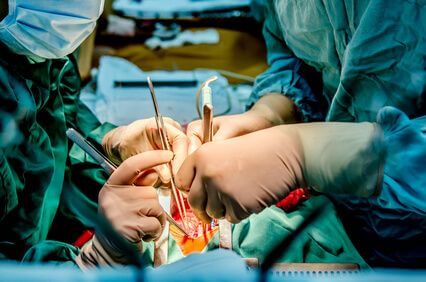The use of endovascular aneurysm repair (EVAR) for the treatment of infrarenal abdominal aortic aneurysms is widely spread, due to its minimally invasive approach, rapid recovery, and better short-term survival. Approximately 60% of all infrarenal abdominal aortic aneurysms (AAAs) repairs in Europe and 85% in the United States are by EVAR.

Open surgery, whether we like it or not, must still be an option and vascular surgeons should continue to be trained in it; however, its global volume is not enough to provide them with enough “flight hours.” The expansion of EVAR and the fall in the incidence of AAA have resulted in the application of open surgery repair only in cases in which patients are not anatomically adequate for EVAR, i.e., the most challenging and less adequate cases for a learning curve.
Read also: Infrainguinal Bypass Following Failed Endovascular Intervention Has a Different Outcome.
A survey in the United Kingdom showed that only 5% of all vascular surgeons in training performed more than 15 procedures and, alarmingly, 50% conducted less than 5 procedures per year. Maintaining this trend, by 2020, fellows will complete their vascular surgery training with 3 aneurysm surgeries at the most.
Technology has played an important role and endovascular techniques are particularly adaptable to simulator training, thus helping trainees to achieve a reasonable skill level before treating their first patient. All of the above is much more difficult to achieve with open surgery; only practicing on corpses and animals can help with the development of some prior skill outside the actual operating room.
Competent surgeons interested in open surgery training should be gathered in high-volume sites so as to prevent these physicians from spreading and achieving scarce experience, which will ultimately result in poor patient outcomes.
Original title: How Can We Ensure Vascular Surgical Trainees Become Competent in Open Aortic Surgery in the Future Training Environment?
Reference: Eur J Vasc Endovasc Surg (2018). Article in press.
Subscribe to our weekly newsletter
Get the latest scientific articles on interventional cardiology
We are interested in your opinion. Please, leave your comments, thoughts, questions, etc., below. They will be most welcome.



